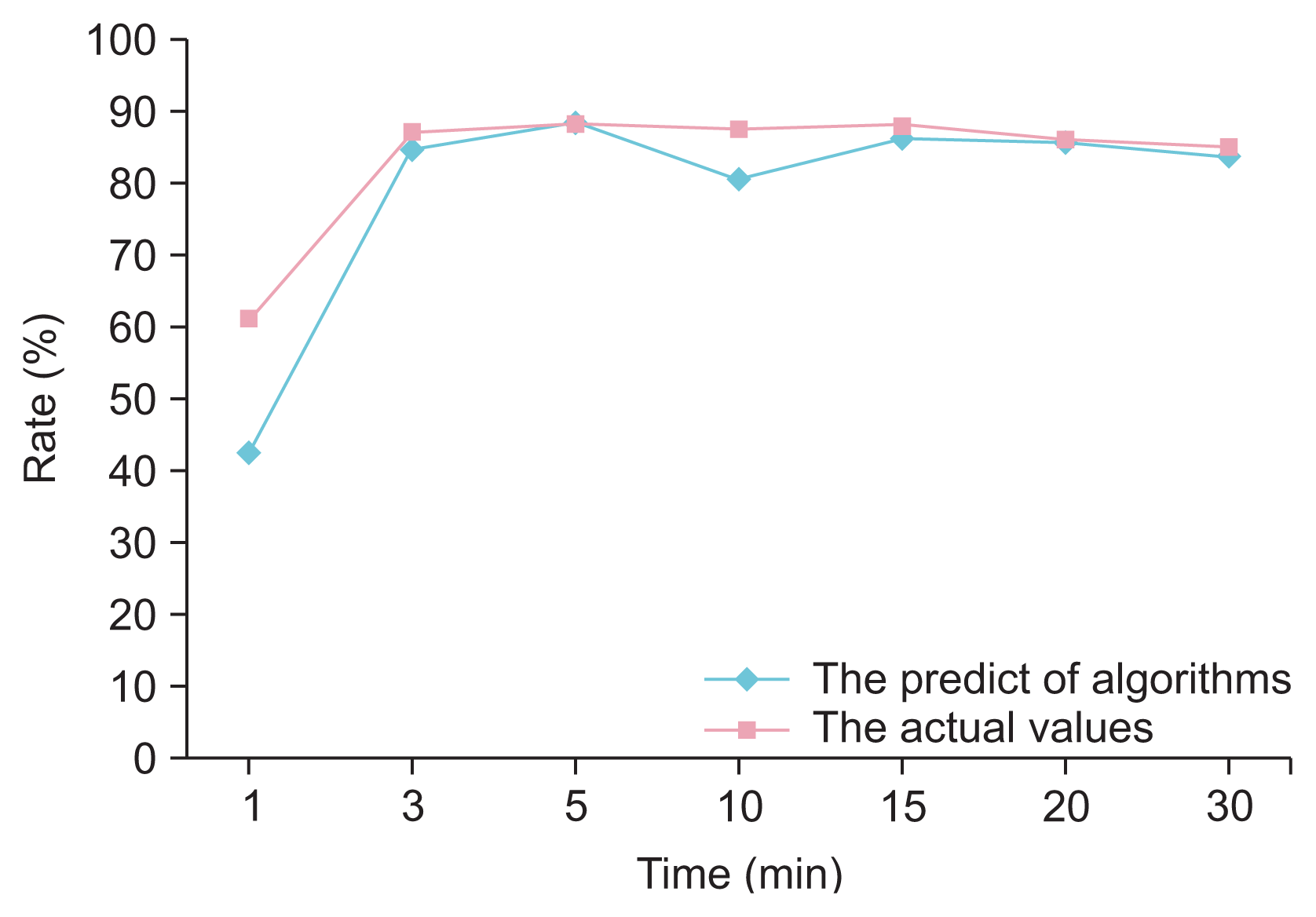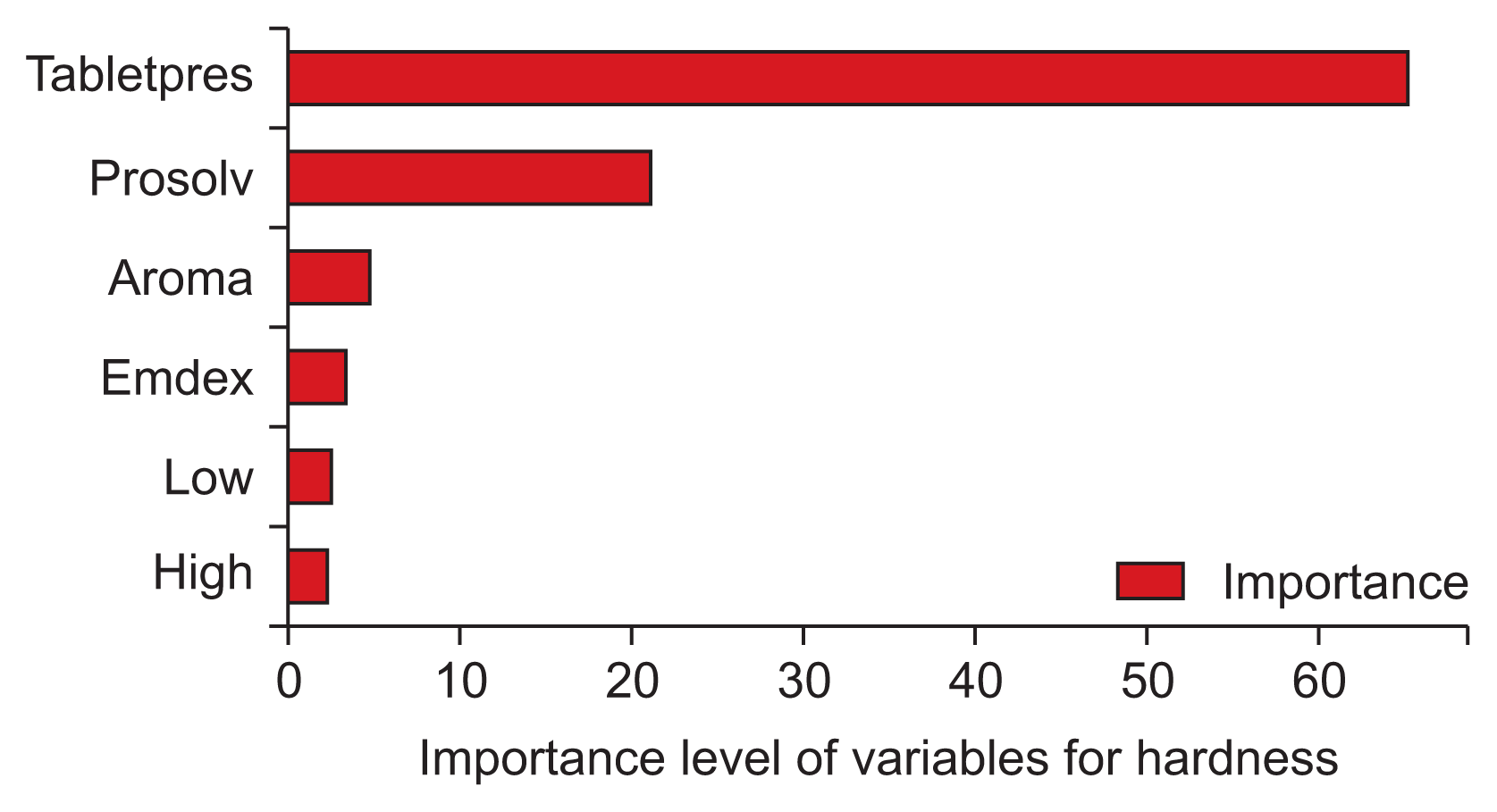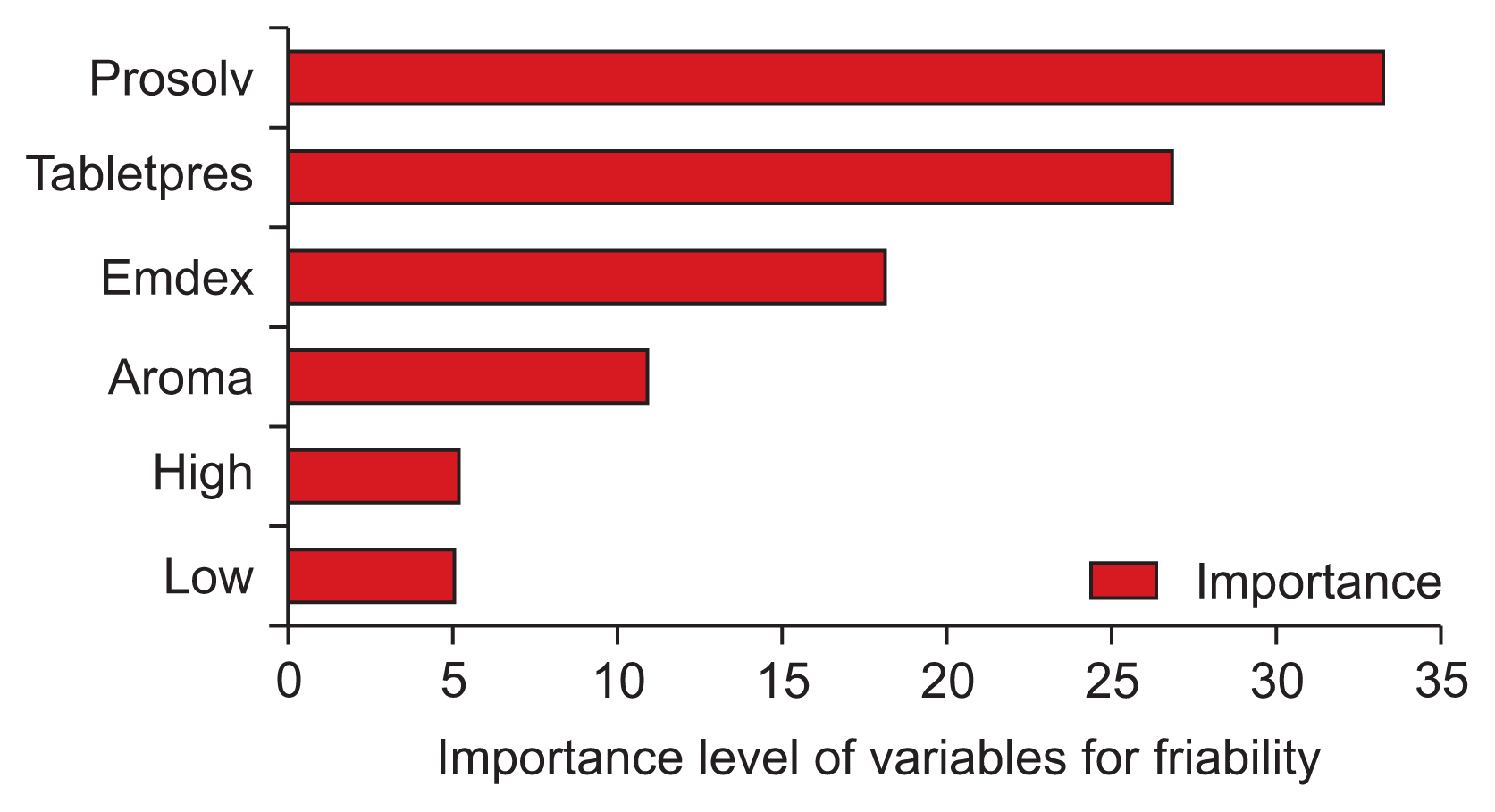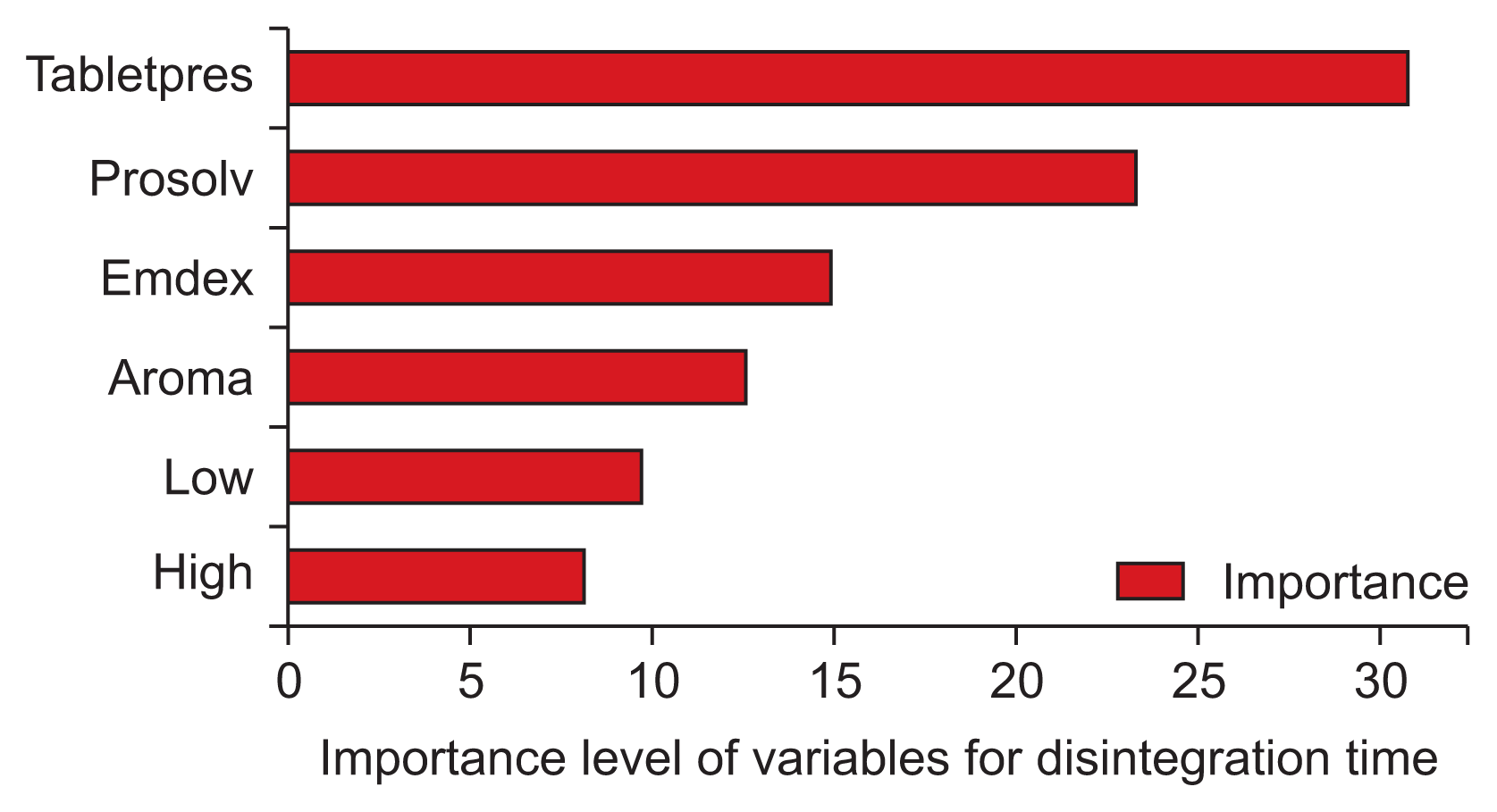1. Ezcurdia M, Cortejoso FJ, Lanzon R, Ugalde FJ, Herruzo A, Artigas R, et al. Comparison of the efficacy and tolerability of dexketoprofen and ketoprofen in the treatment of primary dysmenorrhea. J Clin Pharmacol. 1998; 38(S1):65S–73S.

2. Kara I, Tuncer S, Erol A, Reisli R. [The effects of preemptive dexketoprofen use on postoperative pain relief and tramadol consumption]. Agri. 2011; 23(1):18–21.
3. Mesut B, Aksu N, Ozsoy Y. Design of sustained release tablet formulations of alfuzosin HCl by means of neurofuzzy logic. Lat Am J Pharmacy. 2013; 32(9):1288–97.
4. Dere S, Ayvaz S. Prediction of drug-drug interactions by using profile fingerprint vectors and protein similarities. Healthc Inform Res. 2020; 26(1):42–9.

5. Ahamad MM, Aktar S, Rashed-Al-Mahfuz M, Uddin S, Lio P, Xu H, et al. A machine learning model to identify early stage symptoms of SARS-Cov-2 infected patients. Expert Syst Appl. 2020; 160:113661.

6. Amiri MM, Tapak L, Faradmal J, Hosseini J, Roshanaei G. Prediction of serum creatinine in hemodialysis patients using a kernel approach for longitudinal data. Healthc Inform Res. 2020; 26(2):112–8.

7. Vetter TR. Fundamentals of research data and variables: the devil is in the details. Anesth Analg. 2017; 125(4):1375–80.
8. Kim TK. T test as a parametric statistic. Korean J Anesthesiol. 2015; 68(6):540–6.

9. McKnight PE, Najab J. Mann-Whitney U test. In : Weiner IB, Edward Craighead W, editors. The Corsini encyclopedia of psychology. Hoboken (NJ): John Wiley & Sons;2010.
10. Adebowale A, Idowu SA, Amarachi A. Comparative study of selected data mining algorithms used for intrusion detection. Int J Soft Comput Eng. 2013; 3(3):237–41.
11. Gunn SR. Support vector machines for classification and regression. Southampton, UK: University of Southampton;1998.
12. Wu X, Kumar V, Quinlan JR, Ghosh J, Yang Q, Motoda H, et al. Top 10 algorithms in data mining. Knowl Inf Syst. 2008; 14(1):1–37.

13. Breiman L. Bagging predictors. Mach Learn. 1996; 24(2):123–40.

14. Breiman L. Random forests. Mach Learn. 2001; 45(1):5–32.
15. Friedman JH. Greedy function approximation: a gradient boosting machine. Ann Stat. 2001; 29(5):1189–232.

16. Chen T, Guestrin C. XgBoost: a scalable tree boosting system. In : Proceedings of the 22nd ACM SIGKDD International Conference on Knowledge Discovery and Data Mining; 2016 Aug 13–17; San Francisco, CA. p. 785–94.
17. Probst P, Boulesteix AL, Bischl B. Tunability: importance of hyperparameters of machine learning algorithms. J Mach Learn Res. 2019; 20(1):1934–65.
18. Ghasemi A, Zahediasl S. Normality tests for statistical analysis: a guide for non-statisticians. Int J Endocrinol Metab. 2012; 10(2):486–9.

19. O’Neill ME, Mathews KL. Levene tests of homogeneity of variance for general block and treatment designs. Biometrics. 2002; 58(1):216–24.
22. Mesut B, Baskor A, Pirincci Tok Y, Alkan B, Erginer Y. Statistical investigation of the effect of excipients particle size on orally disintegrating tablets: mannitol grades. Informatica. 2020; 31(7):69–91.
23. Center for Drug Evaluation and Research. Scale-up and postapproval changes: chemistry, manufacturing, and controls: in vitro dissolution testing, and in vivo bioequivalence documentation [Internet]. Silver Spring (MD): Food and Drug Administration;1995. [cited at 2021 Oct 10]. Available from:
https://www.fda.gov/media/70949/download
.





 PDF
PDF Citation
Citation Print
Print






 XML Download
XML Download